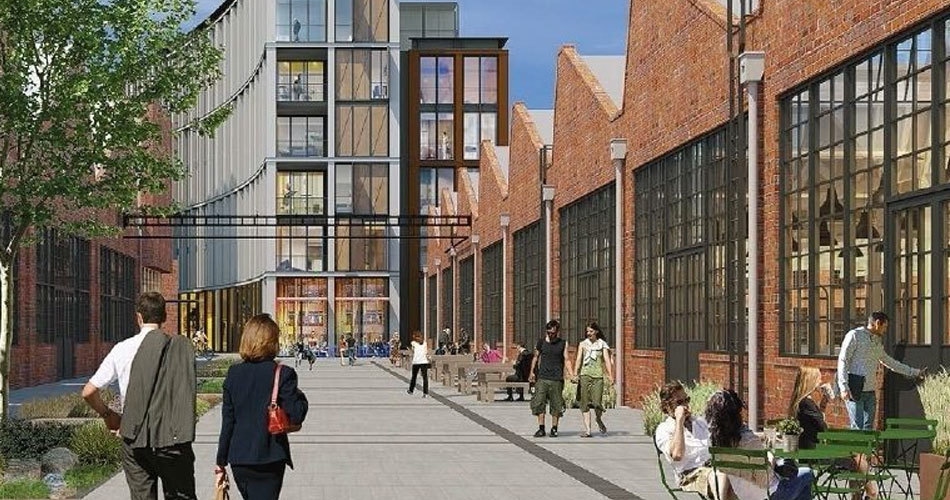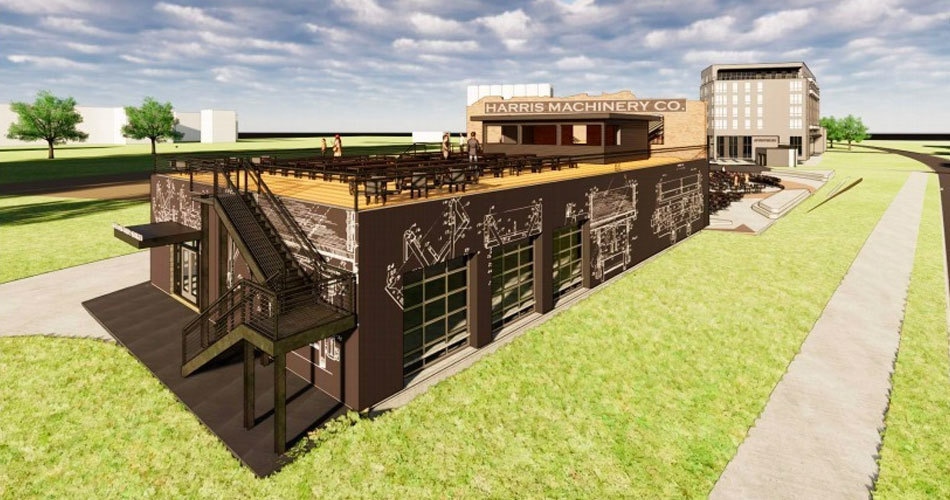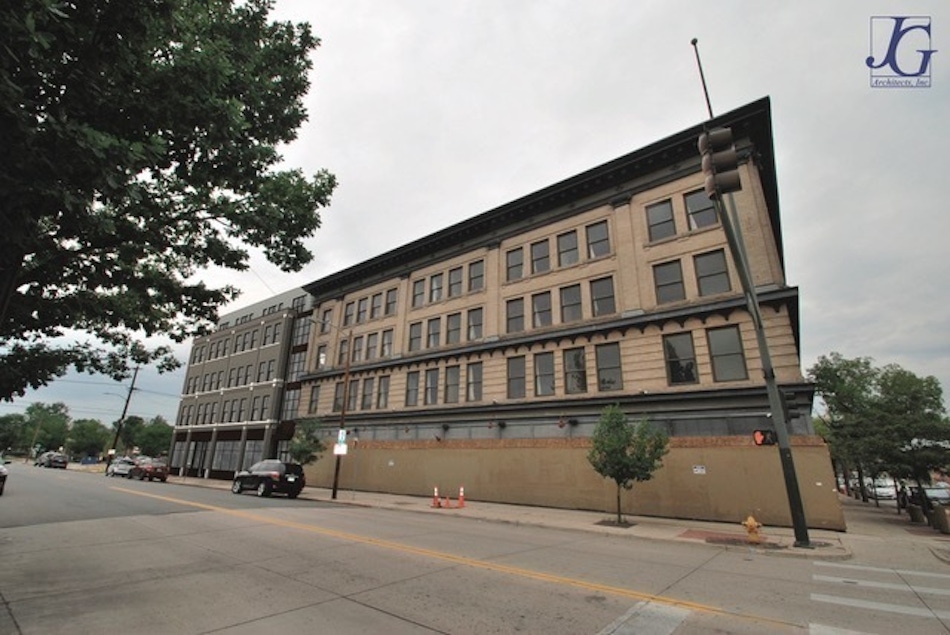Though older construction is quite beautiful, there are often materials that are harmful to humans, which require careful handling, Atkinson pointed out. For example, asbestos and lead based paint.
“These materials were used in lots of building materials from the past and need special attention to protect workers and occupants, he said. “Sometimes, buildings have deferred maintenance or have had changes in the past which fundamentally change the characteristics of the building.”
Creative solutions and innovative approaches to repurposing and meeting code, are crucial in successfully transforming these structures.
In other cases, the greatest obstacle to transforming an older building can be in the earliest stages of development itself; selecting what it will actually become.
“I think the biggest challenge is finding a compatible new use, so that important historic character is preserved,” Olschlager said. For example, he said warehouse adaption is usually easy as there is not a lot of significant interior spaces. But, changing a church into housing would not be a compatible use since much of the interior would have to be significantly altered, he said.
It’s no surprise that as these challenges culminate, so does the cost of the project. In some cases, developers can use tax credits to mitigate the mounting cost of adaptive reuse, both on the federal and state level.
No matter the challenge, preserving a gem from the days of yesteryear is worth the outcome.
“Adaptive reuse was the only way for this historic beauty,” Atkinson said of The Quayle. This structure, along with a few other buildings in this area of Denver, represent an important historical identity for a piece of the commercial heart of these neighborhoods.
“It is virtually impossible to replicate the character of historic buildings,” Atkinson said.






